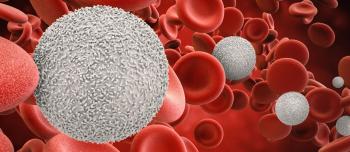The National Hemophilia Foundation (NHF) is excited to announce the availability of a new educational webinar created to improve the overall knowledge of physicians in evaluating and screening women and girls with heavy menstrual bleeding for a bleeding disorder.
This webinar, “Improving Outcomes for Females with Bleeding Disorders in Non-Hematology Health Care Settings,” is designed to reach those healthcare providers who practice outside of hematology - including registered nurses, other specialists and allied health care providers working in the fields of general medicine, family medicine, internal medicine, pediatrics, obstetrics/gynecology and otolaryngology. In addition, the educational activity has been accredited for dentists practicing general dentistry, orthodontics and periodontics.
This webinar is the latest in a series produced through a collaboration between NHF, Impact Education and the Postgraduate Institute for Medicine. The content is presented by three prominent and dedicated physicians: Charletta Ayers, MD, MPH and Gloria A. Bachmann, MD, both OB/GYNs with Rutgers Robert Wood Johnson Medical School in New Brunswick, NJ, and Robert F. Sidonio, Jr. MD, MSc of Emory University School of Medicine in Atlanta GA.
NHF would also like to remind providers that additional, accredited educational webinars are available on the Impact Education website. These modules cover symptom recognition and early intervention in males with von Willebrand Disease, and provide both baseline and advanced education on the recognition, diagnosis and management of VWD and other bleeding disorders in women.
All of these modules are available for continuing medical education (CME), continuing nursing education (CNE) and American Dental Association (ADA) credits and each is available for a period of one year from the initial release date.
This activity is supported by an independent educational grant from Novo Nordisk, Inc. as well as cooperative agreement number NU27 DD001154 funded by the Centers for Disease Control and Prevention. Its contents are solely the responsibility of the authors and do not necessarily represent the official views of the Centers for Disease Control and Prevention or the Department of Health and Human Services.





